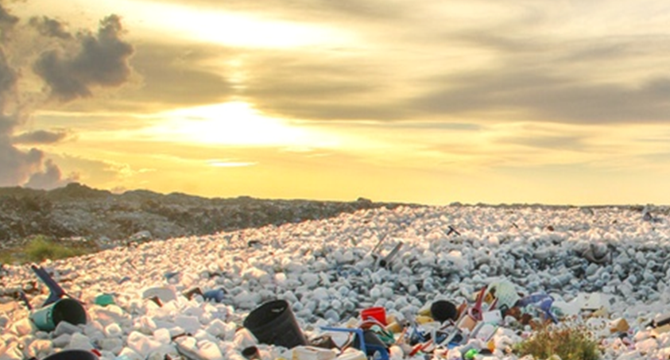Medium
1M
36

Image Credit: Medium
Wasted Potential
- Industrial waste recycling in Europe remains undercapitalized, fragmented, and ready for disruption, despite generating over 2.2 billion tonnes annually.
- European industrial waste streams offer economic upside, carbon emission reduction, and decreased reliance on virgin raw materials.
- Germany sees around 330 million tonnes of waste annually, with a significant portion arising from construction & demolition and mining & quarrying.
- While mineral waste grows modestly, other streams like electronic waste and textile waste are expanding rapidly.
- Efforts to recover materials from industrial waste streams face challenges like contamination, low recovery rates, and high disposal fees.
- Pilot projects in Europe aim to extract valuable materials from mining and quarrying waste, although high costs hinder large-scale implementation.
- Steel, aluminum, and copper industries in Europe produce over 100 million tonnes of scrap metal annually, with varying recycling rates.
- Stringent regulations necessitate better tracking and treatment of hazardous waste in the EU, highlighting the need for improved technologies.
- Textile waste and e-waste pose challenges in terms of recovery rates, with much potential wealth locked in discarded items.
- Regulatory targets in Europe favor increased waste recovery, with penalties for landfilling recoverable waste by 2030.
- Investment opportunities in industrial waste focus on high-value streams with sustainable growth and regulatory backing, driving the shift towards a circular economy.
Read Full Article
2 Likes
For uninterrupted reading, download the app